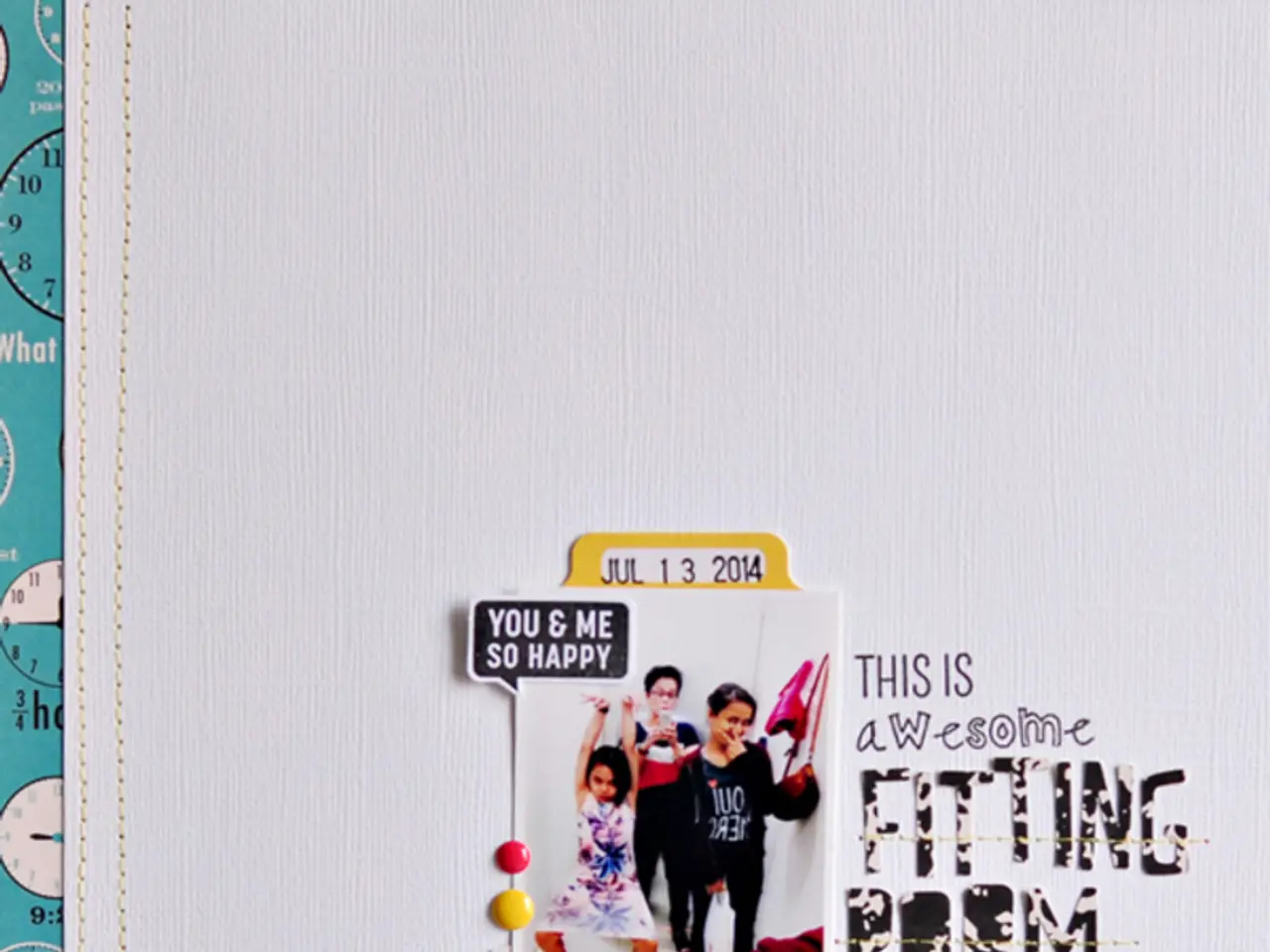Close-up photographs of various objects, accompanied by repairs and maintenance of timepieces.
In the intricate world of clock repair, digital images have become preferred over paper records for their convenience in reference and cataloging purposes. This trend is particularly evident when it comes to high-quality macro shots, which play a crucial role in capturing the minute details of clock mechanisms.
For the best results, DSLRs or mirrorless cameras are typically the go-to choices. These cameras offer good manual controls and high resolution, making them ideal for sharp, detailed close-ups. Pairing them with a dedicated macro lens around the 100mm focal length with a wide aperture (f/2.8) ensures excellent sharpness and detail, essential for tasks like clock repair.
Two highly recommended lenses are the Canon EF 100mm f/2.8 Macro lens and its mirrorless counterpart, the Canon RF 100mm f/2.8 Macro lens. These lenses have been praised for their ability to deliver excellent sharpness and detail needed in macro photography relevant to fine tasks such as clock repair. They offer a comfortable working distance from the subject while maintaining high magnification.
Entry-level DSLRs like the Canon EOS Rebel T7 are affordable and suitable options, offering manual control over aperture, ISO, and shutter speed to optimize image quality. Mirrorless cameras from Canon or Sony, when paired with the recommended macro lenses, also offer superior autofocus, resolution, and compactness.
Apart from the camera and lens, a sturdy tripod is essential to avoid vibration and maintain focus on tiny details. Good lighting control is also crucial. Using diffused flash or LED panels to provide even lighting without harsh shadows will significantly enhance the quality and visibility of mechanical parts in the clock.
While some may prefer using optical stereo microscopes or specialist magnification tools for extremely fine details, these are not cameras but visual aids. Digital microscopes tend to have lower optical quality and latency issues and are generally less optimal than a well-chosen camera and macro lens setup for high-quality still macro shots.
In summary, for optimal clock repair photography, a dedicated camera with a good macro lens is recommended. A sturdy tripod and good lighting control are also essential. While cell phones may be limiting for taking macro shots due to difficulty in isolating the foreground from the background and producing decent macro images, detailed still images can be more effective than written instructions in clock repair.
Whether you're a seasoned clock repairer or just starting out, incorporating photography into your repair process can be a valuable tool. If you're looking to invest in equipment for clock repair, it's advised to consider buying a good used camera with a dedicated macro lens. With the right equipment, you'll be well on your way to capturing the intricate details of your clock repair work.
- In the realm of vintage clock collecting, a good camera with a dedicated macro lens can aid in documenting the intricacies of clock mechanisms more effectively than traditional methods.
- For those interested in horology and clock repair, it is advisable to invest in a quality DSLR or mirrorless camera, coupled with a macro lens for precise and detailed photographs.
- When engaging in clock repair work, it is essential to maintain a lifestyle that incorporates the use of appropriate gadgets such as dedicated cameras and macro lenses for optimal results.
- While smartphones have their limitations in macro photography, they cannot replace the value of a high-quality camera and macro lens setup in providing detailed still images that are beneficial for clock repair purposes.




